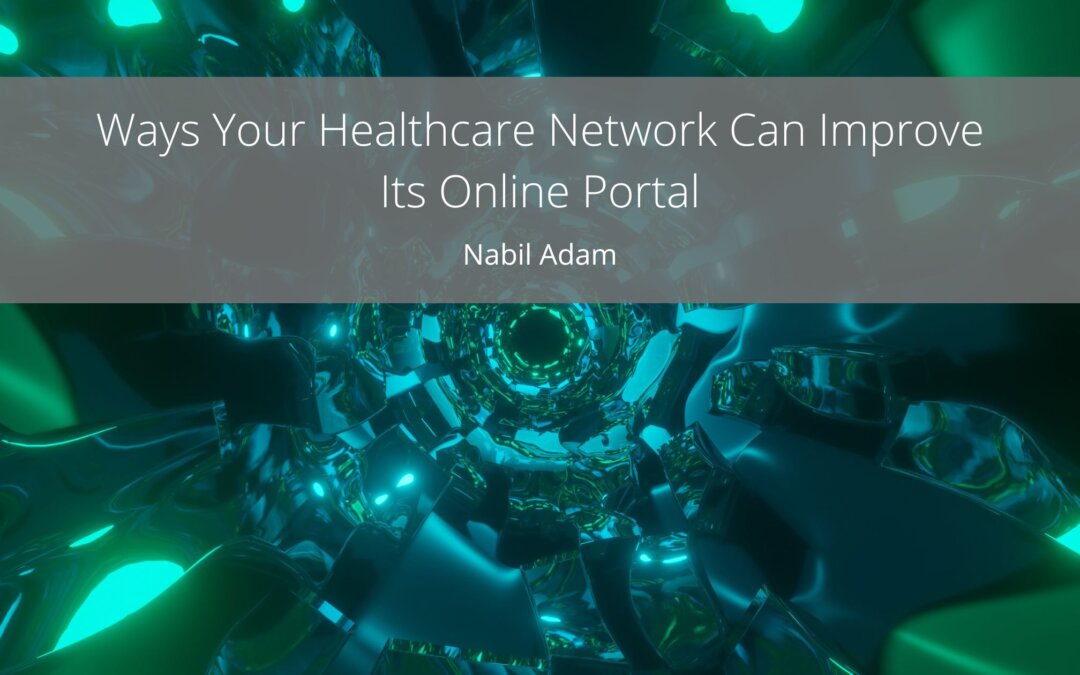An effective online portal serves as a critical nexus between patients and healthcare providers, offering a platform for communication, information exchange, and service access. Despite their importance, many healthcare networks struggle to maximize the potential of their online portals, often due to outdated interfaces, limited functionalities, or poor user experience. As the healthcare industry evolves, the need for robust, efficient, and user-friendly online portals becomes more pressing.
The genesis of online healthcare portals dates back to the early days of the Internet, with the primary aim of improving healthcare accessibility and patient engagement. Initially, these portals offered basic functionalities like appointment scheduling and access to medical records. However, as technology advanced, so did the expectations of both patients and healthcare professionals. Today’s healthcare consumers seek a more holistic and interactive experience, expecting features like real-time communication with healthcare providers, personalized health insights, and seamless integration with wearable health devices. On the other hand, healthcare providers demand portals that offer robust data analytics, interoperability with other healthcare systems, and efficient patient management tools. Despite the advancements, many healthcare networks’ portals lag, plagued by issues such as cumbersome navigation, inadequate information, and lack of integration with modern technologies. This gap between expectations and reality highlights the urgent need for healthcare networks to re-evaluate and upgrade their online portals. As the interface between patients and healthcare services, the portal’s effectiveness directly impacts patient satisfaction, engagement, and, ultimately, health outcomes.
Enhancing User Experience
A paramount aspect of improving an online healthcare portal is enhancing the user experience. This encompasses the design, ease of navigation, and overall accessibility of the portal. A user-friendly interface is essential, as it caters to a wide range of users, including those with limited technical skills or disabilities. The portal should be intuitively navigable, allowing patients to find information, schedule appointments, and access medical records without unnecessary complexity. Incorporating responsive design ensures the portal is accessible on various devices, including smartphones and tablets, reflecting the modern patient’s on-the-go lifestyle. Personalization is another key element; the portal should offer a customized experience based on the patient’s medical history, preferences, and behavior. This can include tailored health tips, reminders for medication and appointments, and personalized health reports. Furthermore, integrating patient feedback mechanisms can continually inform improvements, ensuring the portal evolves in line with user needs and preferences. By prioritizing user experience, healthcare networks can ensure their online portals are not just functional but also engaging and easy to use, leading to increased patient satisfaction and better health outcomes.
Expanding Functional Capabilities
Beyond user experience, expanding the functional capabilities of the online portal is crucial. This means integrating advanced features that go beyond basic functionalities like appointment booking or accessing medical records. Telehealth services, which enable patients to consult with medical professionals remotely, might be one of the main improvements. Patients with mobility issues or those who live in rural areas would especially benefit from this. Another vital feature is the integration of electronic health records, enabling seamless sharing of patient data between different healthcare providers. This integration fosters better-coordinated care and reduces the likelihood of medical errors. Furthermore, integrating wellness initiatives, medication monitors, and symptom checks might encourage patients to be more proactive in their own health care. For healthcare providers, features like advanced data analytics can offer insights into patient trends, helping to improve service delivery and patient care. It’s also essential to ensure the portal has robust administrative functionalities, streamlining tasks like billing, insurance verification, and document management. By expanding the functional capabilities of the portal, healthcare networks can offer a more comprehensive and efficient platform, catering to the diverse needs of both patients and healthcare providers.
Ensuring Data Security and Compliance
In the realm of online healthcare portals, data security and compliance with regulatory standards are non-negotiable. Portals must be designed with strong security features to shield patient data from cyberattacks and illegal access, given the sensitivity of medical data. This includes using advanced encryption methods, secure login processes, and regular security audits. Adherence to health data rules, such as the HIPAA law in the US, is also essential. The portal should be designed to ensure all patient information is handled in accordance with these regulations, maintaining confidentiality and integrity of data. Regular updates and patches are essential to address new security vulnerabilities as they arise. Educating patients and staff about data security practices is equally important, as human error can often be a weak link in data protection. Additionally, implementing a clear and transparent privacy policy, which outlines how patient data is used and shared, can build trust and reassure users about the safety of their information. By prioritizing data security and compliance, healthcare networks not only protect their patients but also reinforce their reputation as trustworthy and responsible providers.
Improving a healthcare network’s online portal is a multifaceted endeavor that requires a balanced focus on user experience, functional capabilities, and data security. By enhancing the user interface, healthcare networks can ensure their portals are accessible, intuitive, and personalized, thus improving patient engagement and satisfaction. Expanding the portal’s functionalities to include advanced features like telehealth, integrated EHR, and health management tools can significantly improve the efficiency and scope of healthcare delivery. Meanwhile, prioritizing data security and regulatory compliance is essential to protect patient information and maintain trust. These improvements are not just about keeping pace with technological advancements; they are about fundamentally transforming how healthcare is accessed and delivered. A well-designed and efficient online portal can bridge gaps in healthcare accessibility, empower patients, and streamline operations for healthcare providers.

